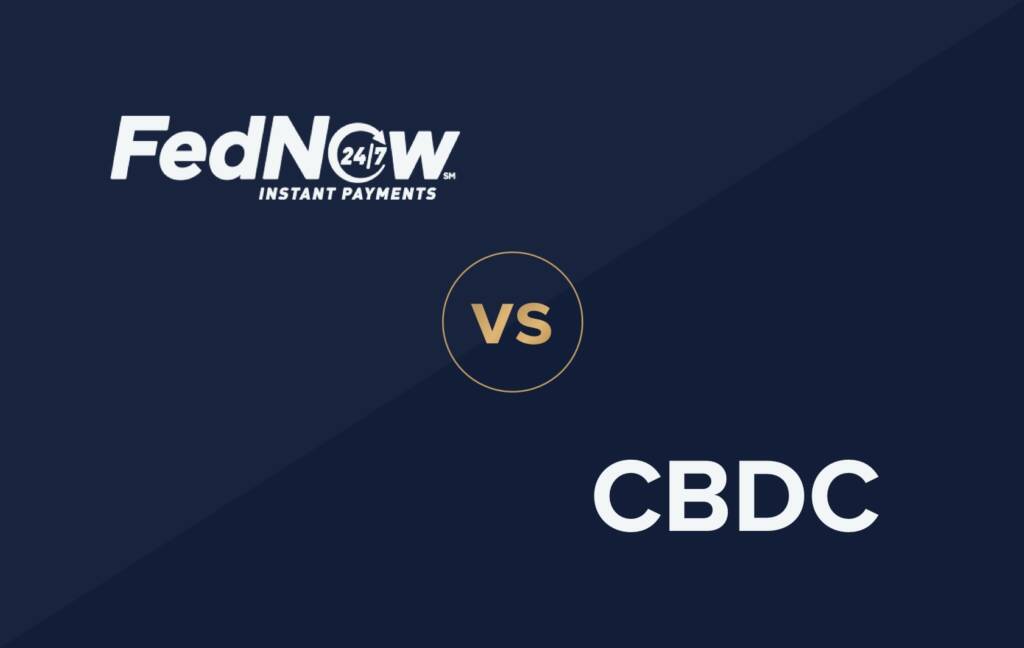Whether we call them “instant” or “real-time” payments, it’s becoming increasingly clear that immediate account-to-account payments are gaining momentum in the United States. The RTP® network from The Clearing House is already in its fifth year of operation, with millions of real-time transactions flowing through more than 190 banks and credit unions every month. RTP is hardly the only game in town, however – The Federal Reserve’s development of its own new instant payment service, Fednow®, promises to accelerate the shift to real-time, turning instant money transfers into a regular part of our everyday lives.
Five years ago, US Banks and financial institutions didn’t have any viable choices for sending account-to-account transfers around the clock, 24/7. With RTP available now, and FedNow launching in 2023, banks and financial institutions will soon have at least two choices, which poses the question: which one should they pick?
Market overview
Before answering that question, let’s take a quick look at FedNow and RTP.
Ever since Volante processed the first-ever real-time payment in November 2017, The Clearing House’s RTP network has continued to grow. More and more consumers are turning to RTP to electronically transfer funds easily between two bank accounts with the push of a finger, even on weekends and after business hours. RTPs also have commercial appeal, particularly with the built-in Request For Pay mechanism, and can be utilized for payroll, paying bills, insurance and even completing retail transactions.
Similar to RTP, FedNow will provide financial institutions and individuals with a new instant-payment service that will allow payments to be transferred and accessed immediately year-round. FedNow’s initial launch will feature support for service providers and correspondents as well as an option for participants to enroll as a “receive-only” user. It also will allow financial institutions to broadcast participant availability and include a request-for-payment capability and tools that will support any payment inquiries and reconciliation requests.
At their core, RTP and FedNow are similar in that they both share a common goal of allowing banks and consumers to quickly and easily transfer funds 24/7/365. Like RTP, FedNow will use the widely accepted ISO 20022 standard. Pricing for the services is expected to be similar, with similar transaction limits – $100,000 to $500,000 depending on the bank. One key difference between the two is that FedNow is aiming to be ubiquitous and will open instant-payment services to even more banks.
Making the choice
Rather than thinking in “either-or” terms, banks should really consider choosing both options to present their customers with even more instant-payment experiences. Using both services would allow banks to route payments through a different network if the payment cannot be sent for various reasons, such as a wrong limit or amount or a beneficiary being unavailable. Depending on the amount and type of payment, it may also be more cost-effective to send through one network compared to another.
Banks and financial institutions that take a single-network approach risk losing customers because they will not be able to provide rail-independent customer experiences, nor offer services that are available from a particular network. Choosing one service also means financial institutions’ technology infrastructure won’t be multi-network tested, meaning that when the next new payment method comes along—and one certainly will, given the proliferation of new methods in recent years—banks won’t be able to accommodate it.
Selecting a technology partner
Finding the right technology partner is key to making multi-network strategy work. The right partner should be capable of processing real-time payments around the clock 24/7 across multiple networks, even if your own operations are not fully 24×7 enabled. The ability to operate in the cloud and through Payments as a Service (PaaS) is essential, to lower your costs and speed up your time to market. Look for solutions that have rapid integration capability into your core, empower you to build new services and customer experiences without requiring upgrades, and are extensible to other current payment types like wire and ACH, as well as future payment options.
Most importantly, your RTP/Fednow partner should also be a trusted business partner, because adopting new payment mechanisms is ultimately a business decision, not a technology decision. The key to growing business through instant and real-time payments is delivering distinctive services on top of the rails—something that will be much easier if your technology provider has a proven track record helping banks build their real-time businesses.







